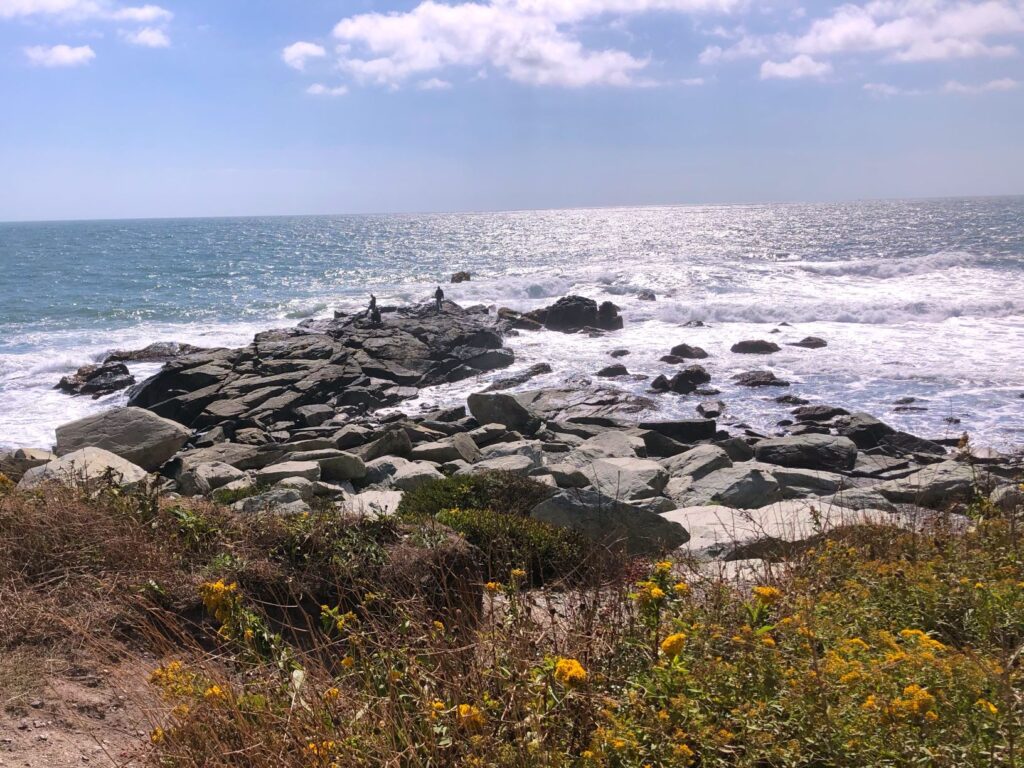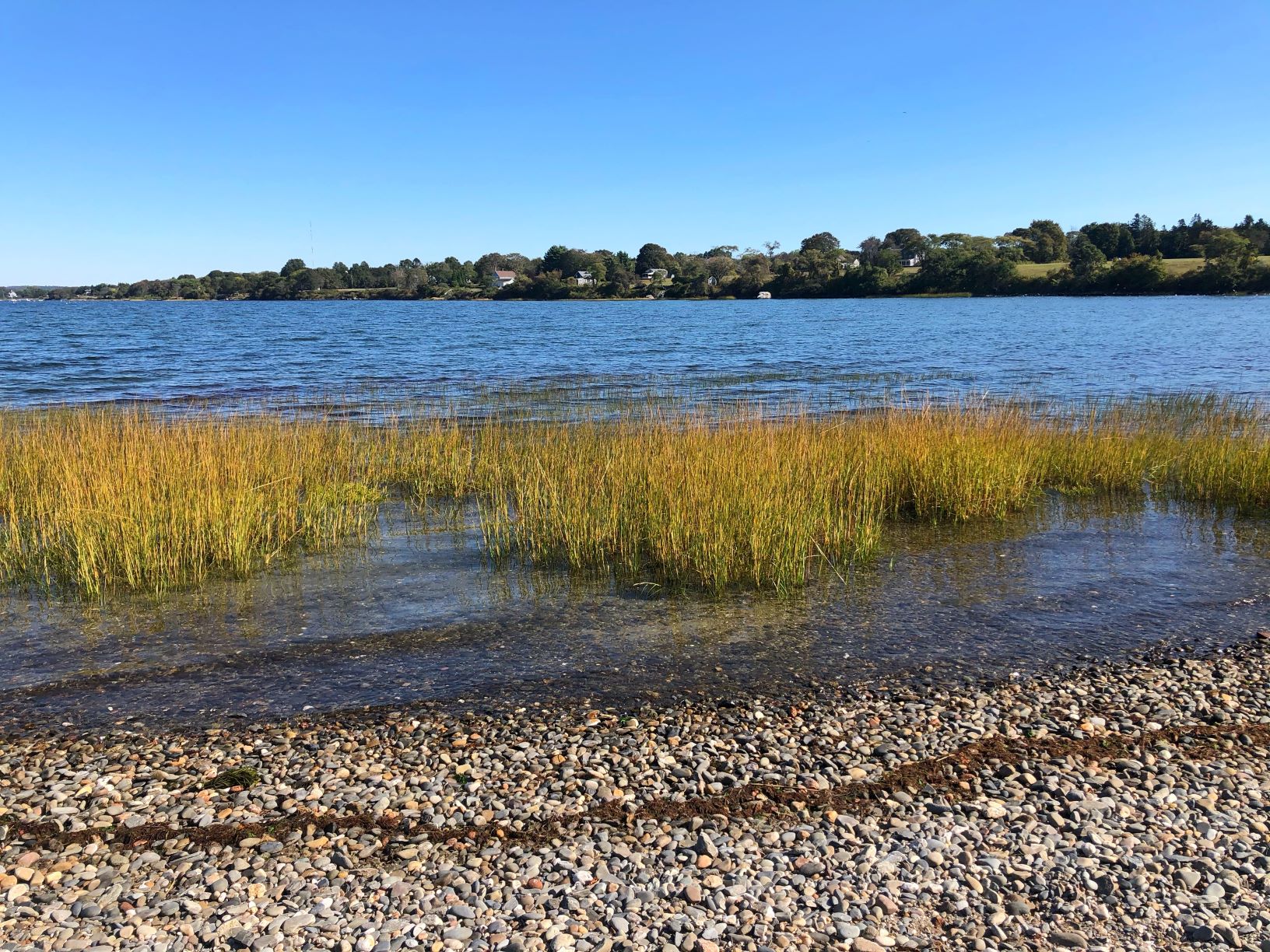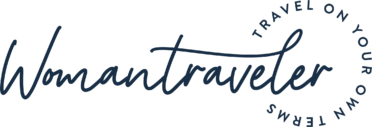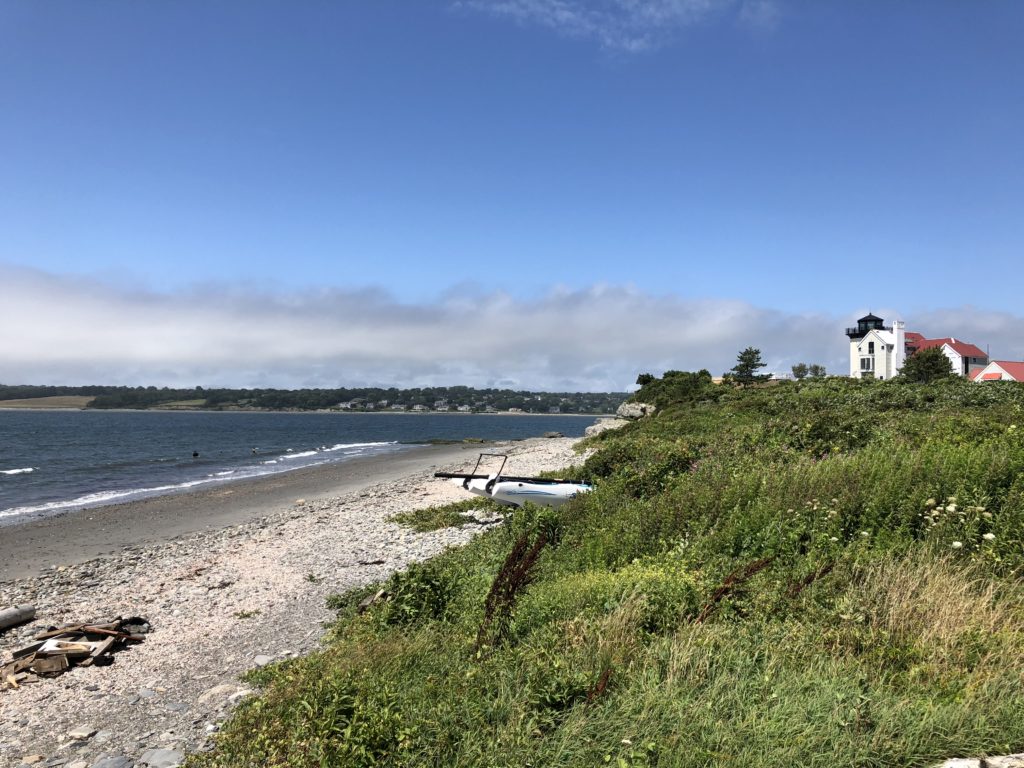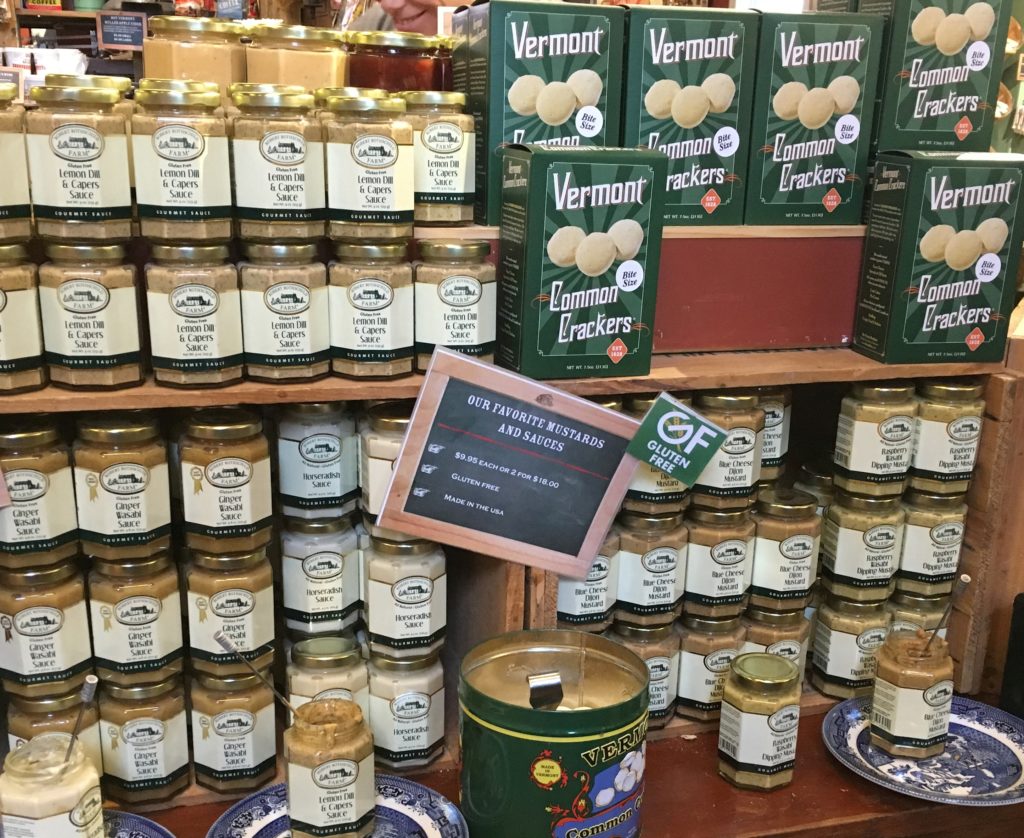Of all the disruptions dealt by the pandemic, a neglected topic is the 180-degree change in the personal life of a frequent business traveler. You’d think the response would be – “wow, isn’t that nice, you can finally spend time at home?” That’s not the case for many of us – my closest personal relationships are elsewhere. Like many others, that includes my grandchildren.
Business is steady, Zoom is under control and the home office is humming along remotely, but my local residence remains a “pied-a-terre.” My emotional home remains elsewhere…
I mastered virtual work a decade ago with a business model supported by frequent travel to client locations. My “physical home” could exist anywhere there’s an airport hub nearby. My emotional home where family and most of my close friends live. I built regular visits to them around and between business trips as part of the itinerary. I factored in seeing my granddaughters every few months so they wouldn’t be teenagers before I knew it and shopping, trying out new restaurants or attending the ballet with longtime close friends in exciting cities. I met up with a Norwegian friend since high school in a Midwestern convention city when she happened to be in the U.S. I kept this Womantraveler blog to chronicle my adventures, discoveries, lessons and tips.
I’m hardly a woman business traveler of the “Up in the Air” variety, but last year I did tally about 150,000 air miles. Suddenly “grounded” on March 16 had the momentary psychological shock of 9-11, when the skies went silent and I was trapped in California 3,000 miles from my family on the East Coast. Happily that changed within about 30 days. This year, it’s been 7 months.
Airports are busy enough again and airplanes are relatively full; plenty of flight options exist. Yet the most difficult obstacles are the state regulations regarding quarantine. I’m all-in on public health safety, I’ve been exceptionally cautious, I have no desire to experience the virus or unwittingly pass it on to others. Protecting public health is vital, and as a result, traveling across state borders can be really complicated. No easy solution exists.
So I was pleased to read recently that airlines are considering co-sponsoring COVID-19 tests at airports. The requirement in many states that travelers must self-isolate 14 days when entering from most other states is a huge disincentive to flying. While we can Zoom for business, the toll of protracted physical distance from family is more than many people feel they can personally afford.
I took the initiative to find a temporary way out. Though expensive, time-consuming and anxiety-producing, I was able to see and be in the physical presence of my family, not simply on FaceTime. I had dreaded doing this “en mask,” but that was the easiest part. We went to parks, ate outside, took many walks. The empty holes in my heart are refilled with toddler play and soft infant coos. I am re-charged for the next chunk of distance.
Here’s my roadmap for accomplishing that.
If you’re lucky, you can get tested at home, then drive to see out of state family members, while being prudent. That wasn’t possible for me primarily due to the geographical distance.
Each state posts its guidelines online. The regulations are based on fluctuating state-specific coronavirus incidence, so at one point in Northeastern states, only about two-thirds fell under the 14-day restrictions. With cases on the rise again, tougher restrictions could affect close to everybody.
Following the state regulations is largely an honor system. I had no interest in rule-bending for obvious reasons, but the only way to achieve my objective was to plan a prolonged trip. I turned it into a mini-vacation.
My first attempt in August failed at the last minute. I had not accounted for sufficient self-isolation and my family on the other end raised red flags. They were right. For the next attempt two months later, I laid out my options:
- Option 1: Fly to my destination and “hibernate” for 14 days in a hotel room – ordering take out and maintaining sanity with little outside stimulation. That’s a lot of Netflix and Kindle books within the same four walls!
- Option 2: Fly to my destination, rent a small house or apartment with living space and a kitchen and then, once out of confinement, visit family (understanding in advance the get-together will also be shaped by different protocols – e.g., masks and social distancing.)
I chose Option 2, despite its complex matrix of decisions. Looking back, the necessary ingredients were scenarios (more than one), agility (a state of mind), time (in abundance) and unflinching capacity for independence.
- Searching airline schedules, my first choice was Delta because the airline keeps an open seat between flyers. Since Delta’s schedule was too convoluted for this itinerary, I opted for American Airline’s 90-minute hop. American fills ever seat possible, so I bought a first-class ticket for more personal space and the possibility of a row with only single seats along one side of the aircraft. I also paid for one way only, not knowing how all this might play out.
- Equally important was the personality of my “home” for the first 14 days in isolation. I spent hours searching locations, rental services and websites in several states in the region, all within driving distance of my final destination. Eventually I snagged a cozy, affordable farmhouse on VRBO relatively near one of my family members in southeastern Rhode Island and an area I knew I would enjoy. From there, it was only a four-hour drive each way New York, where the rest of my family lived. The two-weeks-plus rental car cost was frightening, but public transportation (train, bus, plane) potentially would have negated all the safety precautions I was taking.
- Once in Rhode Island, I became a solo traveler. Mostly I chilled (with my books, computer and Roku streaming device) and isolated. I hiked, took beach walks, drove my car to nearby towns (without going into public spaces), cruised through lovely countryside. I had food delivered, some homecooked meals dropped off from friends/family and picked up other items at outdoor farmstands.
- Due to COVID-19 policies by my VRBO landlord, I shipped my own bed linens and towels. To avoid any extra time in the airport at baggage claim, I packed one carry on bag along with my briefcase. That meant shipping three cartons via UPS so I’d have enough clothing and linens for the “vacation.” That also meant packing a week early.
- I had hoped to enter Rhode Island and after 6-8 days be tested for COVID-19, which might have freed up some restrictions. What I didn’t expect was how hard it would be to have a COVID-19 test as an out of state visitor. There was a short list of options on Rhode Island’s public health website but necessitating appointments, several-day waits and uncertainty around when I’d receive results. It was a frustrating search and eventually I realized it was smarter, easier – and safer – to quarantine for the full 14 days. (That’s why airport testing would been a major improvement and potentially shorten some of the required “down time.”)
- Fortunately the weather was exceptional, a lovely New England “Indian Summer,” and within those bounds, I was able to venture out in public at a safe distance on occasion. That included a few walks with a small number of friends and suppers around a warm fire – all outdoors. (The options in winter won’t be so favorable.)
- On the front and back ends of my trip, I stayed in Hilton hotels. Their “CleanStay” partnership with Lysol stood up, as far as I could tell, and the stays were a smart way of cashing in points. Check in is contact free and staff are behind plastic shields; restaurant service is suspended, but some kitchens are open for “takeout.” Rooms have small refrigerators, coffee machines and microwaves, and the lobbies include small “convenience stores” for some food and sundries. Local restaurants either deliver or have curbside takeout. Rooms are serviced only by request. And staff are consistently trying really hard to make it work for travelers.
What I didn’t plan for was the anxiety caused by the bad behavior of other travelers in airports and airplanes. I flew out of one very crowded airport (Charlotte, NC), in which social distancing was practically a joke although masks were prevalent (what virus??) and into another one (Providence, RI), which was like a ghost town, except during boarding and deplaning. I was relieved in Rhode Island and on the flights that masks were required everywhere. Flight attendants were persistent in enforcing the rules on my rides.
Now back home, I am isolating again so as not to unwittingly transmit anything to friends and neighbors. The “weekend journey” with my son and his family, from start to finish, took about one month.
Despite COVID fatigue and a “template” for the next trip for the holidays, I’m paying attention to the news. We’re told the next 6-12 weeks will be the “darkest times,” which aligns with the darkest days of winter.
What Will the Holidays Bring?
We’re advised to form a “local bubble” of friends/family and stay put for November-February. Just in case I can possibly see my grandchildren open their Santa gifts in person, I’ve already reserved a hotel near them and am prepared to drive the distance. I’m realistic enough, though, to know the best laid plans may all fall apart due to a COVID surge and other unpredictable factors.
As a backup, I’m shaping my “Plan B” while stuck at home for the holidays. Maybe I’ll write little books, or take drawing lessons to illustrate my blogs. I’ll walk and exercise a whole lot more and collaborate with local friends on ideas for safe diversions. I’ll meet up with friends a bit farther away for day trips in nearby places I’d like to visit. I’ll continue to school myself in the best science and be the first in line for the vaccine. I’ll read more books than I’ve read in years. And I’ll adjust my expectations to FaceTime and Zoom for every crazy holiday moment.
If that happens, it would be the very first time I’ve not spent Christmas with them.
Giving in to COVID fatigue during perilous times is not an option. Admittedly some days I must reboot my positive pandemic thinking and re-anchor, but it’s been seven and a half months and those of us fortunate enough not to be afflicted with the virus have made it this far. My convoluted but worthwhile mid-pandemic journey showed me that the kids are alright – and for now I am, too.
